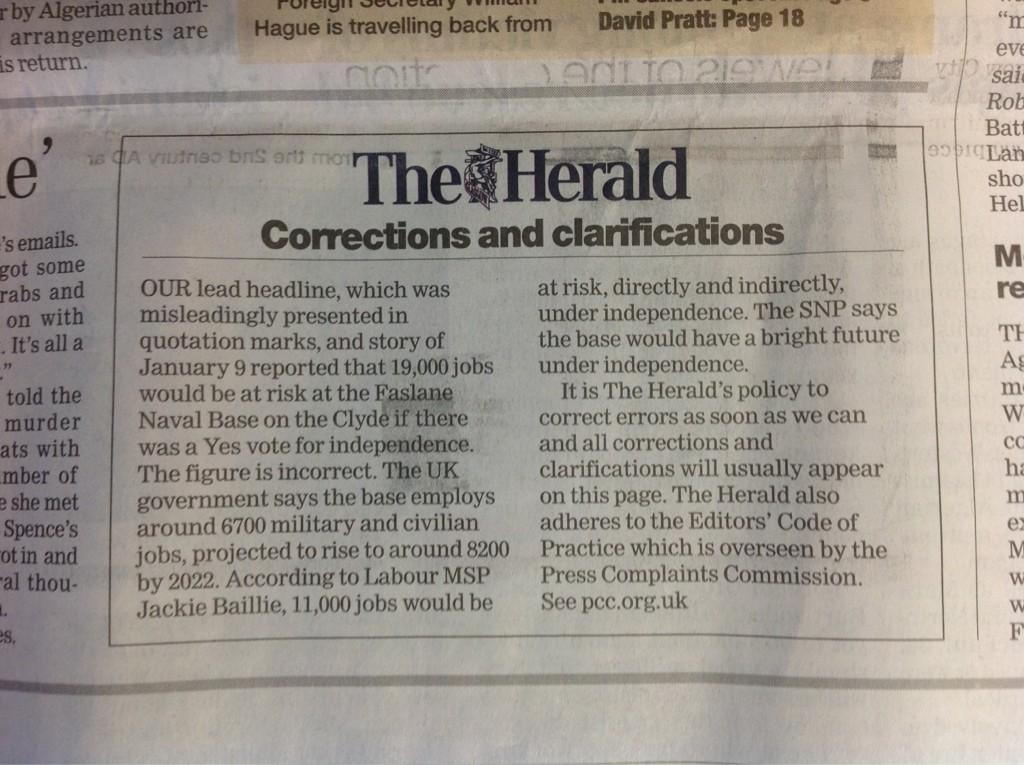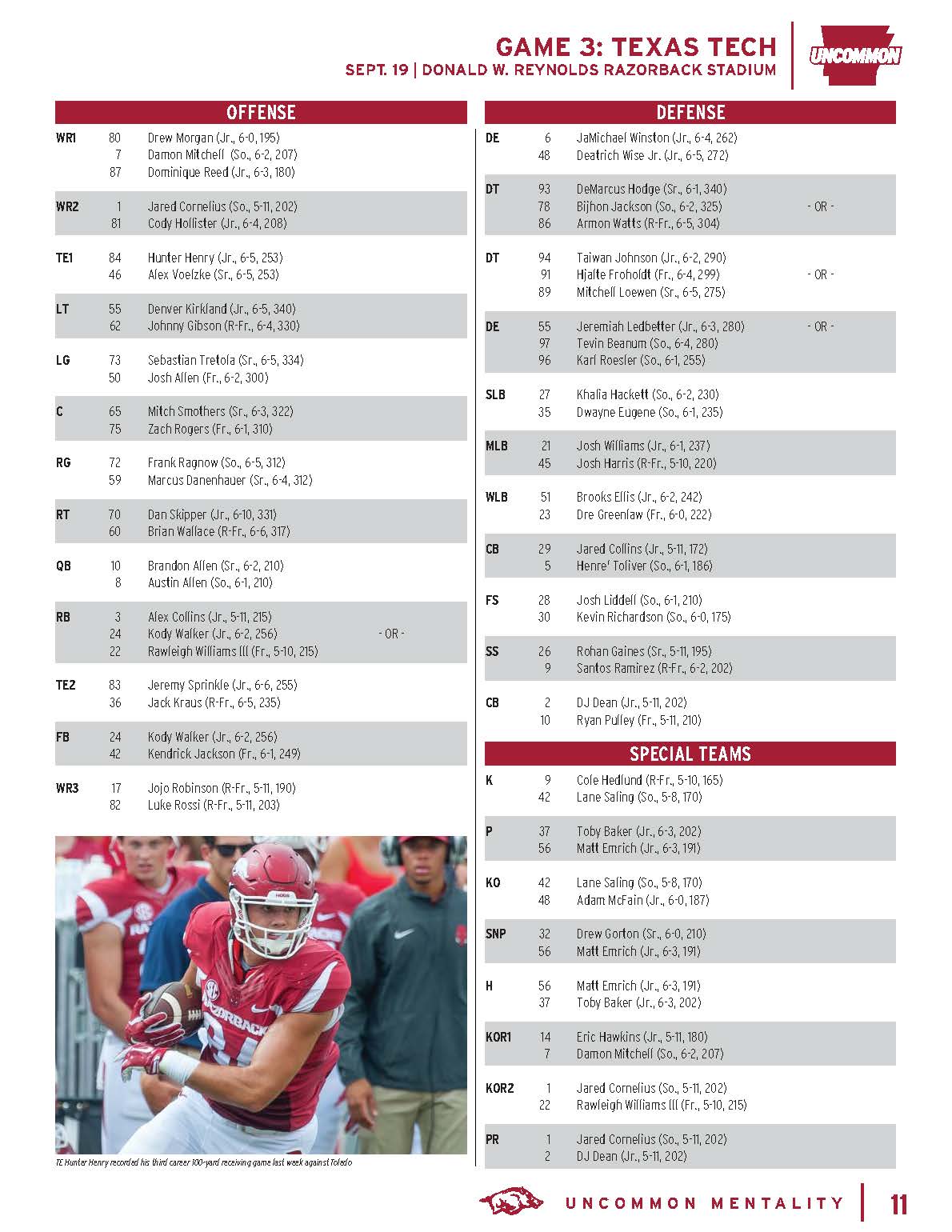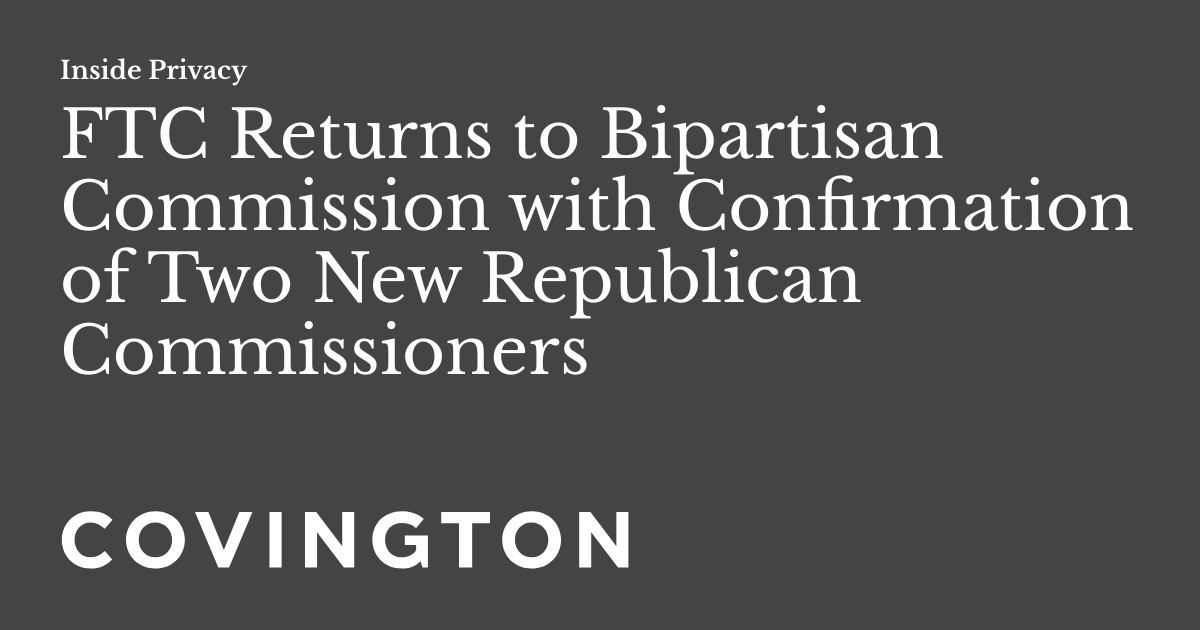How To Write Effective Corrections And Clarifications

Table of Contents
Identifying the Need for a Correction or Clarification
Before drafting a correction or clarification, you must first identify the need. This involves recognizing errors and assessing their potential impact.
Recognizing Errors
Recognizing errors is the first step in effective error correction. This includes identifying factual inaccuracies, misleading statements, and inconsistencies in your communication. Thorough fact-checking and review processes are essential to prevent errors from reaching your audience.
-
Examples of errors:
- Misstated dates or times.
- Incorrect figures or statistics.
- Flawed logic or reasoning.
- Omitted or incomplete information.
- Contradictory statements.
-
Importance of thorough fact-checking and review processes: Implementing a robust review process, involving multiple individuals, significantly reduces the likelihood of errors slipping through. Utilizing fact-checking tools and resources can further enhance accuracy.
Assessing the Impact
Once an error is identified, assess its potential impact. Consider the following:
- Audience affected: Is the error impacting internal stakeholders, external clients, the public, or a combination? The scope of the audience directly impacts the urgency and approach to correction.
- Reputational damage: Could the error damage your reputation or credibility? This is particularly important for public-facing communications.
- Legal repercussions: Could the error lead to legal action or complaints? Accuracy is paramount, especially in regulated industries.
- Urgency of correction: How quickly does the correction need to be disseminated? Some errors require immediate action, while others allow for a more strategic approach.
Crafting the Correction or Clarification
Once you've identified the error and assessed its impact, you can begin crafting the correction or clarification. This process involves acknowledging the error, providing accurate information, and maintaining a professional tone.
Acknowledge the Error
Promptly and directly acknowledge the error. Avoid making excuses or placing blame. A sincere and straightforward apology goes a long way in mitigating negative consequences.
- Use clear and concise language: Avoid jargon or technical terms that might confuse your audience.
- Avoid making excuses: Accepting responsibility shows accountability and builds trust.
- Examples of effective apologies: "We sincerely apologize for the inaccurate information provided in our previous communication," or "We regret the error in our earlier statement and are taking steps to rectify the situation."
Provide Accurate Information
Present the correct information clearly and concisely. Use visual aids like bullet points or numbered lists to enhance readability.
- Use bullet points or numbered lists: This improves scannability and comprehension.
- Support corrections with evidence or sources: This adds credibility and demonstrates your commitment to accuracy.
- Ensure consistency with previous communications: Maintain consistency in messaging and branding to avoid further confusion.
Maintaining a Professional Tone
Strive for a professional and respectful tone throughout your correction.
- Avoid overly defensive or aggressive language: This can exacerbate the situation and damage your reputation further.
- Maintain a consistent brand voice and style: This ensures a cohesive and professional image.
- Proofread carefully: Grammatical errors and typos can undermine your credibility.
Choosing the Right Channel for Dissemination
Selecting the appropriate channel for disseminating your correction is vital. Consider the original medium of communication and your target audience.
Selecting Appropriate Platforms
The choice of channel depends heavily on the context and the audience.
- Examples: Email, website update, press release, social media post, internal memo.
- Benefits and drawbacks: Consider the reach, formality, and speed of each channel. A public error often necessitates a public correction.
- Prominence: Use a channel as prominent as, or even more prominent than, the original communication containing the error.
Timing and Distribution
Timely corrections are crucial.
- Immediate correction vs. strategic delay: Immediate corrections are generally preferred, but in some cases (e.g., complex legal issues), a strategic delay might be necessary. Transparency regarding the delay is important.
- Notifying affected parties: Ensure all relevant parties are informed of the correction promptly and appropriately.
Conclusion
Writing effective corrections and clarifications involves acknowledging errors promptly, providing accurate information, and maintaining a professional tone. Choosing the right dissemination channel and timing are equally crucial for minimizing damage and preserving credibility. Effective communication management, including proactive error correction, is vital for building and maintaining trust with your audience.
Call to Action: Master the art of writing effective corrections and clarifications to protect your reputation and build trust. Learn more about improving your professional communication and crisis management strategies by exploring additional resources on effective corrections and clarifications. Don't let an error escalate – learn how to handle corrections professionally and effectively.

Featured Posts
-
 Toppins 21 Points Lead Colorado To Texas Tech Game Preview And Analysis
May 01, 2025
Toppins 21 Points Lead Colorado To Texas Tech Game Preview And Analysis
May 01, 2025 -
 Noa Argamani Time Magazines 2025 Influential List
May 01, 2025
Noa Argamani Time Magazines 2025 Influential List
May 01, 2025 -
 Dispute Over Fired Ftc Commissioners Reinstatement
May 01, 2025
Dispute Over Fired Ftc Commissioners Reinstatement
May 01, 2025 -
 Michael Sheens Generous 1 Million Donation Impact And Beneficiaries
May 01, 2025
Michael Sheens Generous 1 Million Donation Impact And Beneficiaries
May 01, 2025 -
 Environmental Emergency 62 Miles Of Russian Black Sea Beaches Closed After Oil Spill
May 01, 2025
Environmental Emergency 62 Miles Of Russian Black Sea Beaches Closed After Oil Spill
May 01, 2025
Latest Posts
-
 The Passing Of A Dallas And Carrie Icon A Daughters Remembrance
May 02, 2025
The Passing Of A Dallas And Carrie Icon A Daughters Remembrance
May 02, 2025 -
 Tribute To Dallas And Carrie Star Amy Irvings Moving Words
May 02, 2025
Tribute To Dallas And Carrie Star Amy Irvings Moving Words
May 02, 2025 -
 Dallas And Carrie Actress Passes Away Daughter Amy Irving Shares Tribute
May 02, 2025
Dallas And Carrie Actress Passes Away Daughter Amy Irving Shares Tribute
May 02, 2025 -
 Remembering A Legend Amy Irving Honors Deceased Dallas And Carrie Star
May 02, 2025
Remembering A Legend Amy Irving Honors Deceased Dallas And Carrie Star
May 02, 2025 -
 Hollywood Mourns Dallas And Carrie Star Passes Away
May 02, 2025
Hollywood Mourns Dallas And Carrie Star Passes Away
May 02, 2025
